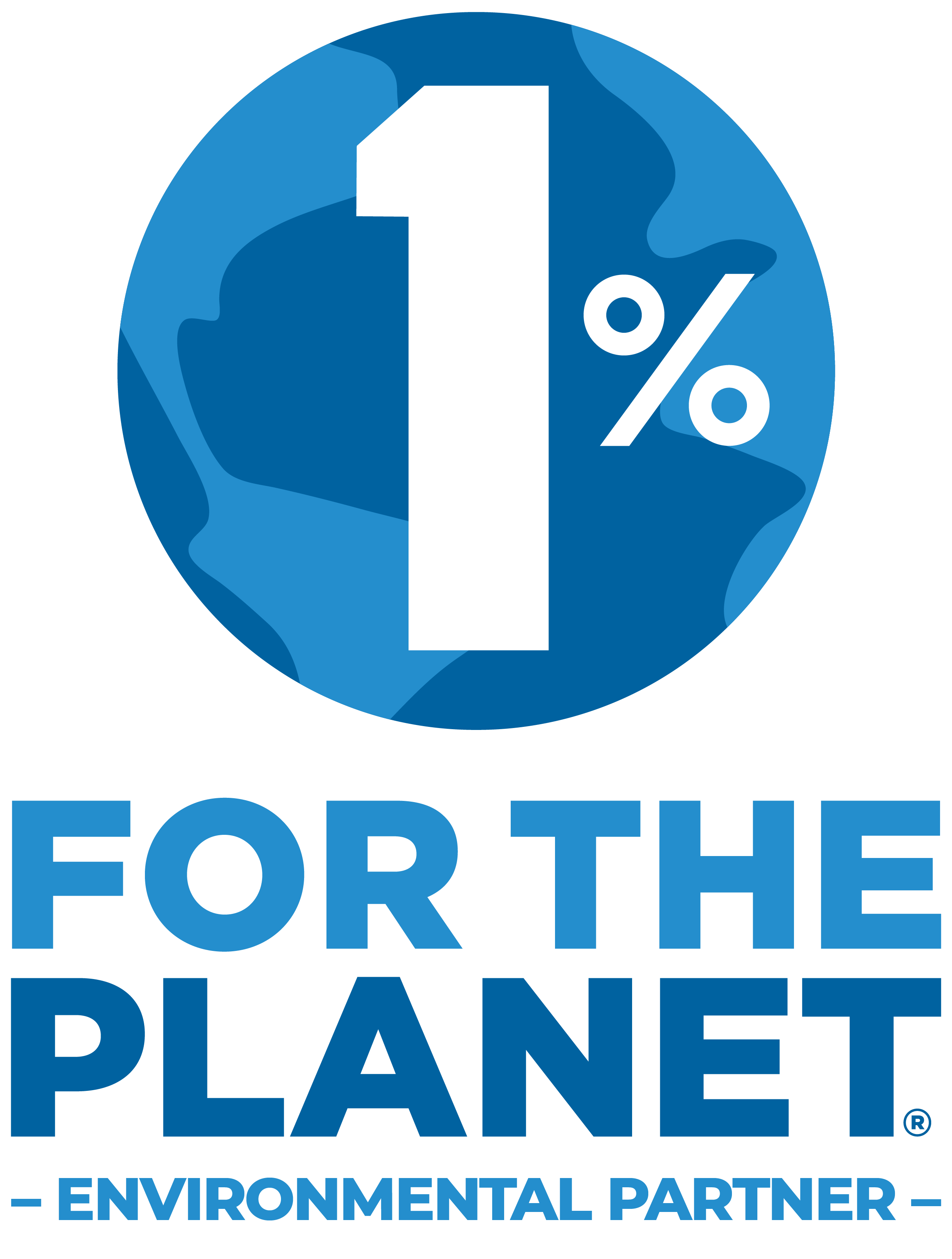Active banners: 1 Visible banners: 1
Banner ID: 25 Has content: true
Join us for the Teaching Economics through Climate – The Snowmobile Business Plan - January 13, 2026 4-5pm ET
Regenerating for the Next Gen
Provided by: ACE |Published on: August 20, 2021
Lesson Plans
6789101112
Synopsis
- This 60-90 minute lesson plan discusses the differences between regenerative agriculture and factory farming livestock operations (also known as CAFOs), and how these different agricultural approaches affect climate change and our environment.
- It provides a student worksheet, teacher guide, slide presentation, case study, and informative video.

Subjects: Biology, Earth and Space Sciences, Health
Authors: ACE
Region: Global
Languages: English
Teaching Materials
Positives
- This lesson challenges students to think critically about global food production, livestock production, and the role agriculture plays in climate change.
- The video is very informative and the case study focuses on solutions that improve carbon storage and reduce emissions.
Additional Prerequisites
- Students should be familiar with the terms regenerative, livestock, and concentrated animal feeding operations (CAFOs).
- Students should have some basic knowledge about the major greenhouse gases and climate change.
- Teachers will need to create a free account to access this resource.
Differentiation
- This is a great resource to tie into science lessons about the carbon cycle, deforestation, ethics, ecology, and the nitrogen cycle.
- Economics and social studies classes could discuss current government subsidies going to the agricultural sector and how they could be redirected to support regenerative or organic agriculture to achieve a reduction in emissions and address climate change.
- Students may be interested in starting a Meatless Mondays campaign at school or learning more about the connections between food and climate change using these resources: Plant Rich Diets, Environmental Impacts of Food Data Explorer, The Diet That Helps Fight Climate Change, and How to Change Your Diet to Fight Climate Change.
Scientist Notes
Teaching Tips
Standards
Resource Type and Format
About the Partner Provider

Action for the Climate Emergency (ACE)
Action for the Climate Emergency (ACE)'s mission is to educate, inspire and support young people to lead the fight for their future. To achieve their mission, ACE ensures young people have everything they need to understand the science of climate emergency and advocate for solutions.
All resources can be used for your educational purposes with proper attribution to the content provider.



